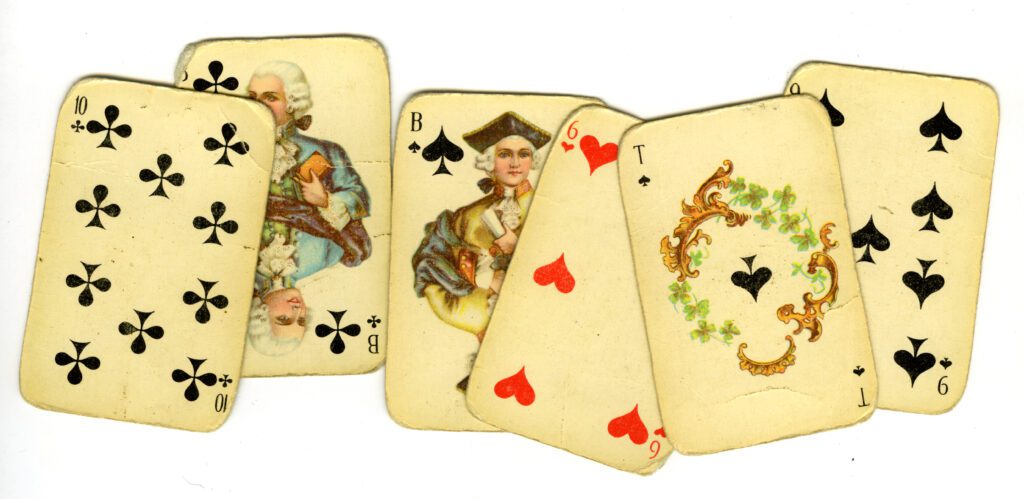The New Game of Renewable Fuels – The Rules Of The Game
The Renewable Fuels Standard (RFS) caused many businesses to be thrust involuntarily into a new game. The game came with a new kind of environmental credit called the Renewable Identification Number (RIN), which has rules different than any other environmental credit.
Read the other blogs in this series, The New Game of Renewable Fuels:
- Part 1-The Rules Of The Game
- Part 2-Three Basic Principles
- Part 3-WHY Are The Mandates Nested?
- Part 4-On The Brink
- Part 5-Changing Factors
- Part 6-Playing By The Rules
People understand what a sales tax is, and they understand what a subsidy is, and they understand what a mandate is. But the RIN is all three at once. That means its impact on the market is very different than if it were merely a tax or subsidy or mandate.
Understanding how it works as all three at once is critical and requires putting some focused attention on the basics: What are the rules that apply with this new credit and what does that mean about how this new game works?
Game-changers
Imagine you are an expert pinochle player and are suddenly thrust into a game of bridge. From a distance, the two games resemble each other. Both are played at a table by 4 people with a deck of cards, and the mechanics of play are similar, with partners and tricks, winners and losers.
But when the cards are first dealt, you will quickly see the composition of the bridge deck is very different than a pinochle deck, and you will soon be surprised who wins some of the tricks. “Wait a minute! That’s not fair! Why did we lose that trick?”
You may continue playing bridge by the rules of pinochle and gradually adapt your play as you discover, through real time trial-and-error, what works and what doesn’t in bridge, but that will be a slow, frustrating, painful way to learn the game of bridge, even for a pinochle expert. And so long as you keep learning that way, you won’t be winning at bridge.
On the surface they resemble each other, but in practice, pinochle and bridge are radically different games. That’s because there are fundamental differences in the rules, and they are game-changing differences.
The pesky RIN
Wouldn’t you, at some point, get frustrated playing bridge by the rules of pinochle, to a point where you would want to step back and say “what’s going on here, why is this so confusing?”?
That happened to me four years ago when I saw RINs dominating the quarterly earnings conference calls of refiners. At the time, I had absolutely no interest in either renewable fuels or RINs. But my attention was drawn by the fact that RINs appeared to be dominating the financial performance of the business that did interest me. I listened carefully to what people were saying and reluctantly started reading up on these RFS environmental credits. Usually that is enough to get one’s arms around something like an environmental credit. But in this case, I only got more confused. This pesky RIN was harder to understand than I thought.
After a while, I concluded those I was trying to learn from didn’t really understand it either.
One gets to the point where you decide to stop what you’re doing, get your hands on the rule book, dig down to the roots and do what it takes to learn this new game from the bottom up, instead of trying to make sense of it from a surface-level perspective.
A new game?
The RFS game is 15-years old, so why do I keep calling it a “new” game? – its because it keeps being played with a partial understanding of the dominant credit that drives its economics. The RIN is a game-changing environmental credit.

The RIN is a game-changing environmental credit
It is really a price control system. When you see it as merely a tax on petroleum fuels, or a subsidy for renewable fuels, or a mandate for a minimum supply of renewable fuels, and/or you don’t see how the three are connected, that is like playing bridge by the rules of pinochle.
It makes sense then to step back and carve out some time for some focused attention on learning the fundamental rules of this game. That can be done by studying the rule book, or books that cover the fundamentals of the game, or arranging to get access to someone who has done that.
When trying to deal with my own confusion and frustration in sorting out the complexities of RINs, I did all the above. It took longer than I thought, but was eye-opening.
Two ways to learn
Some things are readily learned by trial and error. Others are not. Any person who plays pinochle can learn to play bridge, but trial and error is not the best way – especially if you are playing for real money in a high-stakes game. When the new game is played by game-changing rules, it pays to step back and make the deliberate effort to learn, at a fundamental level, the rules of the game.
Recommendations
1) Get Hoekstra Research Report 10

Hoekstra Trading clients use the ATTRACTOR spreadsheet to compare theoretical and market RIN prices, analyze departures from theoretical value, and identify trading opportunities on the premise RIN market prices will be attracted toward their fundamental economic values.
Get the Attractor spreadsheet, it is included with Hoekstra Research Report 10 and is available to anyone at negligible cost.
